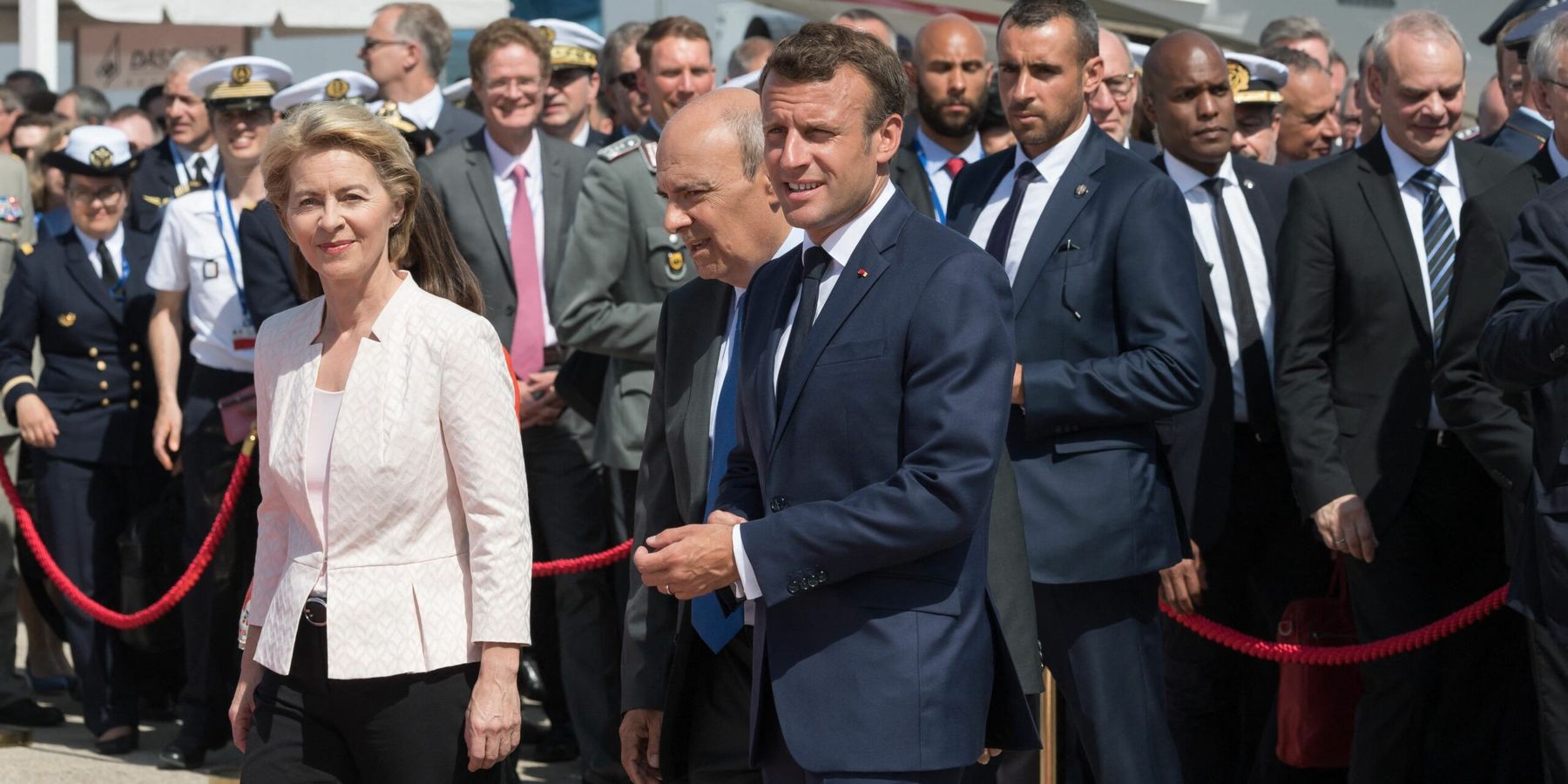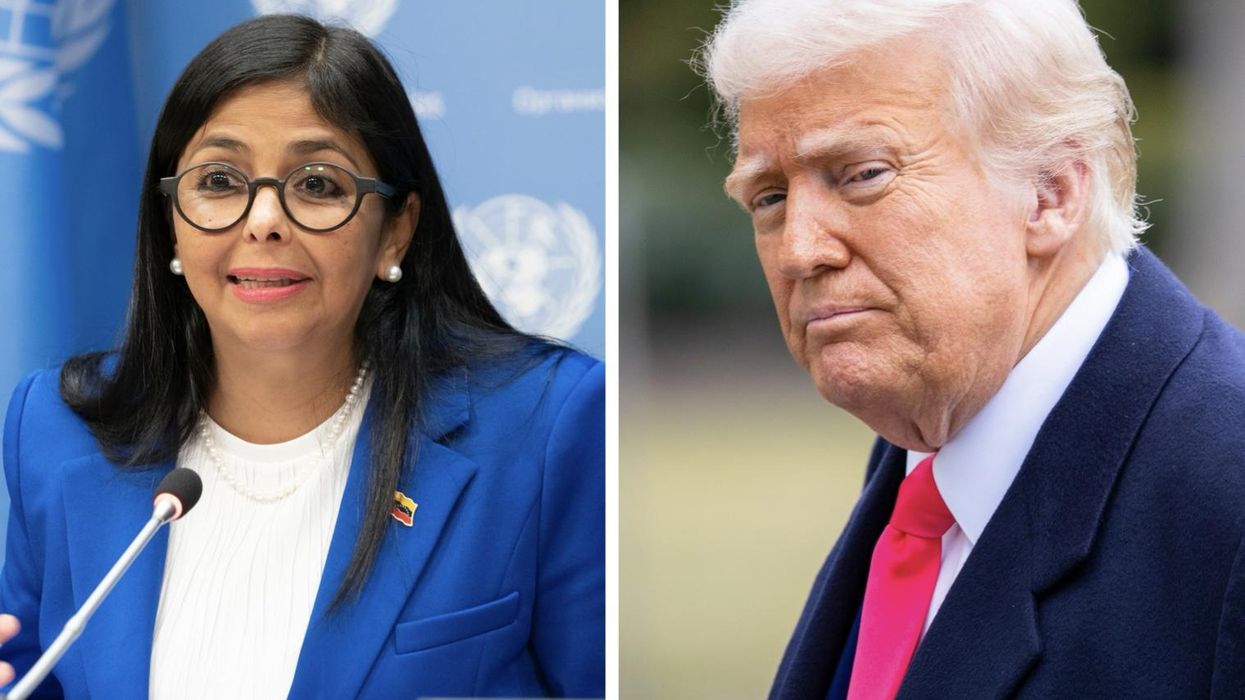The military situation in Ukraine is pushing the United States and NATO towards a fateful moment of decision — and it is doing so more quickly than most analysts predicted even a month ago.
The Ukrainian defeat at Avdiivka is an indication of just how far the balance of forces has swung in Russia’s favor. The collapse of an outnumbered, exhausted, and outgunned Ukrainian army is now a real possibility.
In response to this looming threat, some NATO governments are now talking about the possibility of sending their own troops to Ukraine — something that all of them had previously ruled out. Speaking after a conference of European leaders in Paris on Monday, President Emmanuel Macron of France said that ground intervention was “one of the options” they had discussed. The Kremlin responded that this would “inevitably” mean war between NATO and Russia — as indeed it would, if Western forces went into action against Russian troops.
To recognize the extent of the danger, it is important to understand the extent of the Ukrainian defeat at Avdiivka. This was not a planned and orderly retreat, like the Ukrainian withdrawal from Bakhmut in May 2023 or the Russian withdrawal from Kherson in November 2022. The Ukrainian forces had to leave behind their seriously wounded and much of their heavy weaponry. The Russians took hundreds of prisoners. Avdiivka, which is virtually a suburb of the Russian-occupied city of Donetsk, had also been fortified by the Ukrainians since 2014, and was one of the strongest points in their line.
Of course, the Russians have also suffered very major defeats in this war: most notably, the rout of Russian forces in eastern Kharkiv in September 2022. The difference is that with more than four times Ukraine’s population and 14 times its economy, Russia had the resources to recover from this defeat. Ukraine has no such resources of its own to draw on; and while the West can — up to a point — provide more weaponry, it cannot provide Ukraine with the troops to reinforce its severely depleted army — unless, as President Macron suggested, it sends its own troops into battle.
Western supplies of weaponry on a sufficient scale to enable Ukraine to hold out are also now in doubt, with the U.S. aid package still held up in Congress, and European officials admitting that the EU can meet only half of its target of million artillery shells to Ukraine by this spring. As the Biden administration has stated, without continued U.S. military aid, the collapse of the Ukrainian army is a certainty.
Part of the goal of the European discussions on Monday and Macron’s statement about them does indeed seem to be to galvanize U.S. Republican congressmen into passing a long-delayed Ukraine aid package, and pressuring the German government into dropping its opposition to sending German long-range Taurus cruise missiles to Ukraine. The provision of these missiles would appear a safer way of helping Ukraine than sending NATO troops, and Chancellor Olaf Scholz in any case promptly ruled out sending soldiers to Ukraine, as did officials from other European NATO states, including Ukraine’s strongest supporters, Poland and the United Kingdom.
Safer however is not the same as safe. In the first place, if the Russians actually break through and advance rapidly, then long range missiles will not stop them and NATO will still be faced with pressure to send its own troops. If on the other hand the Ukrainians manage to hold out for months to come, then — based on their record so far — it seems certain that they would use these weapons (and the F-16 warplanes provided by NATO) to strike deep inside Russian territory, including probably Moscow itself.
Of course, the Ukrainians have a perfect legal and moral right to do this, given two years of Russian missile strikes on Ukrainian cities, and there is a mood both in Ukraine and among some Western establishments that the Russian people should be given a taste of their own medicine. Indeed, NATO Secretary General Jens Stoltenberg and other Western officials have publicly encouraged the Ukrainians to do this. Legal and moral is however not the same thing as sensible and wise.
In terms of practical economic effect, such Ukrainian strikes would be mere pinpricks, given Russia’s huge size and resources. In terms of moral and political effect, we know from Russia’s campaign against Ukrainian cities — and have known since the German bombing campaign against Britain in 1940-41 and the U.S. campaign against North Vietnam — that heavier attacks have the effect of infuriating the populations on the other side and strengthening their will to fight.
Meanwhile, devastating the Russian economy would require bombardment on the scale of the campaigns against Germany and Japan in 1943-45, which is completely beyond NATO’s means unless we simultaneously destroy ourselves by launching a nuclear war.
The danger is, however, that if the Ukrainians managed to hit a very high profile target (like the Kremlin), or killed a large number of Russian civilians in a single strike, the Russian government might feel impelled to escalate quite radically in response. Already, many Russian hardliners are asking publicly how long Putin will tolerate NATO massively arming Ukraine without retaliating directly against NATO countries. The West could then find itself with the worst of all worlds: direct clashes with Russia (and a probable world economic crisis) that would not save Ukraine from defeat.
In these circumstances, the pressure to dispatch NATO ground troops would return.
It should be noted however that sending NATO troops to Ukraine does not inevitably mean sending them into battle with Russia. Should the Russians break through, it is possible to imagine NATO-nation troops being sent to preserve a rump Ukraine by holding Kyiv and a line well to the east of the Russian advance, as the basis for proposing a ceasefire and peace negotiations without preconditions.
This would however imply the loss of much greater Ukrainian territories. To prevent an unintended battle with Russian forces would take extremely careful and transparent talks with Moscow. Western generals would be deeply unwilling to see their troops deployed without air cover, but with NATO and Russian air forces both operating over Ukraine the chances of an aerial clash would be very high indeed.
To eliminate the risk of NATO being drawn into war with Russia, Western governments would not only have to compel Ukraine to accept a ceasefire, but most likely order the Ukrainian army to fall back to NATO lines (which many Ukrainian soldiers would probably be doing anyway). There would then have to be a wide demilitarized zone between the two sides, patrolled by United Nations troops.
Should a limited NATO presence in fact lead to full-scale war with Russia and the intervention of the U.S. armed forces, then the danger of escalation to the use of (initially limited and tactical) nuclear weapons would grow immensely, bringing the world to the brink of Armageddon. One possible scenario is that after a demonstration nuclear explosion (for example, over the Black Sea), Russia would threaten to target not U.S. or European cities, but American military bases in Western Europe. How long would the nerves of European publics and governments hold out before they sued for peace?
Faced with the alternative of Ukrainian defeat and running these literally existential risks, it is essential — as we have argued in a recent paper for the Quincy Institute — that pressure for continued aid to Ukraine, and statements like those of Macron, be accompanied by a serious and credible push for a compromise peace with Russia now, while we still have leverage to bring to talks.
Complete victory for Ukraine is now an obvious impossibility. Any end to the fighting will therefore end in some form of compromise, and the longer we wait, the worse the terms of that compromise will be for Ukraine, and the greater the dangers will be for our countries and the world.
- Did the West deliberately prolong the Ukraine war? ›
- Is Emmanuel Macron leading Europe's last stand? | Responsible Statecraft ›
- Macron’s strategy: A 'Gaullist' betrayal of de Gaulle | Responsible Statecraft ›
- Imminent Ukrainian ascension to NATO unlikely, despite ‘victory plan’ | Responsible Statecraft ›
















